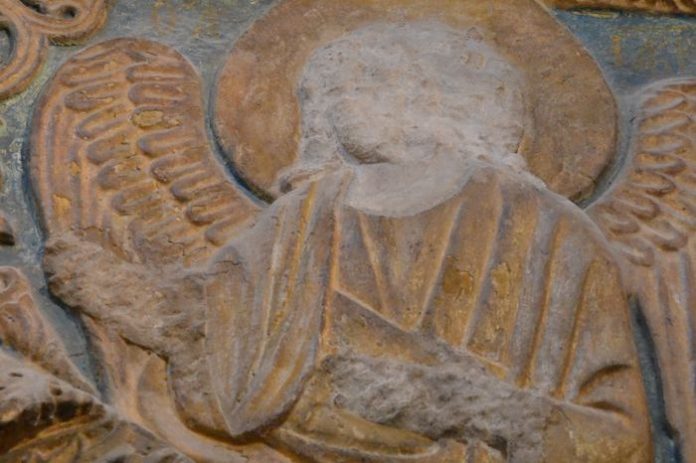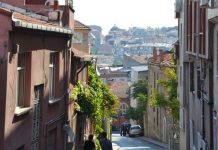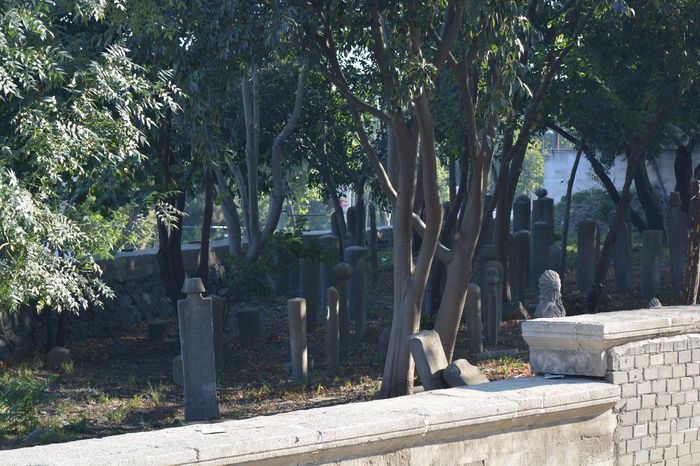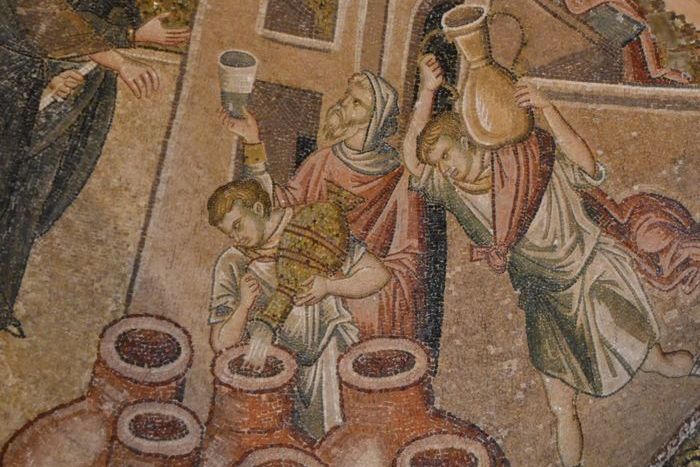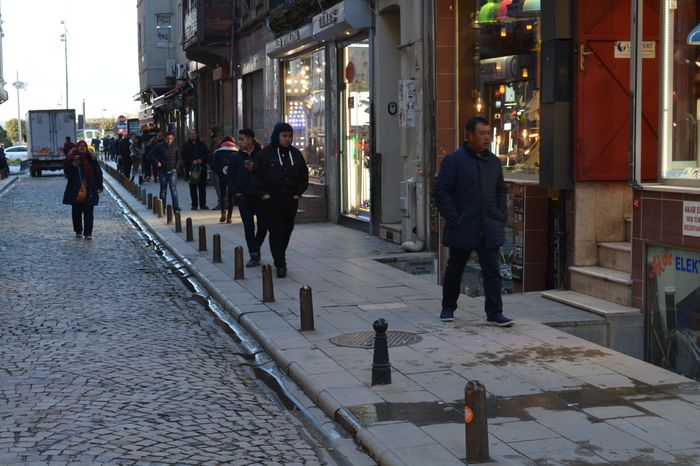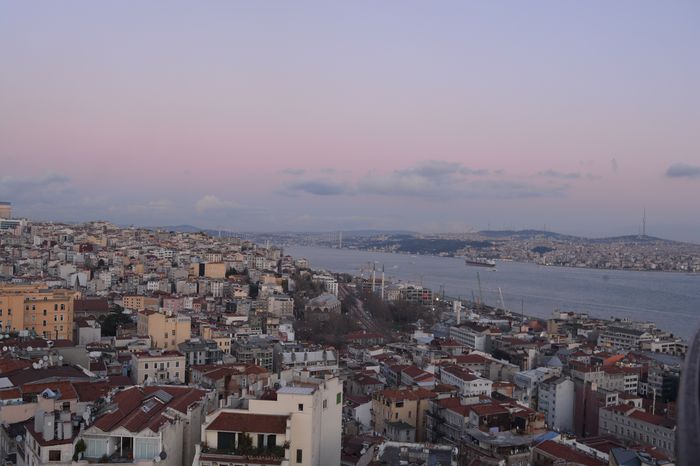St. Pierre Church A Sacred Site
Nestled at the foot of Mount Hajj, an extension of Mount Habib-i Neccar, lies the St. Pierre Church, a natural cave carved into the rocks. This revered site holds historical significance as the location where St. Pierre (St. Peter), the first priest after Jesus Christ, conducted his initial religious gathering between A.D. 29-40. It was here that the term “Christian” was first bestowed upon the followers of Jesus Christ. Today, St. Pierre Church remains a place of pilgrimage and one of the earliest Christian places of worship. Nearby, visitors can also admire a rock relief depicting Charon, the ferryman of Hades in mythology.
Habib-i Neccar Mosque A Symbol of Faith
Constructed in 638 following the Muslim Arab conquest of Antakya, the Habib-i Neccar Mosque stands as the first mosque built in Anatolia. Situated on Kurtuluş Street, the mosque is named after an Antiochian who embraced the teachings of the apostles of Jesus and sacrificed his life for the faith. The tomb of Habib-i Neccar lies beneath the mosque, surrounded by madrasah rooms. A fountain dating back to the 19th century graces the mosque’s courtyard, adding to its historical charm Exploring the Marvels of Ballica Cave.
Exploring Antakya’s Rich Heritage Hatay’s City of Firsts
Bakras Castle A Fortress of Antiquity
Located on the Antakya-Iskenderun road near Bakras Village, Bakras Castle served as a crucial defense stronghold for the Antakya Principality during the Crusades. Comprising barracks, dungeons, defense ramps, and various rooms encircling an inner courtyard, the castle played a pivotal role in safeguarding the northern region of Antakya. Its strategic position along the Anatolia-Syria-Egypt route further underscored its importance in history.
Koz (Kurşat) Castle A Testament to History
Situated within the Altınozu region, Koz Castle, also known as Kurşat or Kuseyr Castle, dates back to the era of the Antakya Principality. Built to protect the southern territories of Antakya, the castle witnessed conflicts during the Byzantine-Crusade period. In 1268, it fell to the Mamluk army under Baybars’ command. Today, visitors can explore its vast grounds, including a javelin square, a large bath, water tanks, and military wards, offering insights into its storied past.
Antioch Orthodox Church A Testament to Resilience
Standing proudly on Antakya Hurriyet Street, the Antioch Orthodox Church is a testament to endurance and resilience. Dating back to 1860, it ranks among the oldest Orthodox churches, rivaled only by those in Jerusalem. Despite enduring a significant earthquake Bulgaria Tours, the church was meticulously restored in 1900 with the assistance of Russian engineers, preserving its architectural beauty for generations to come.
